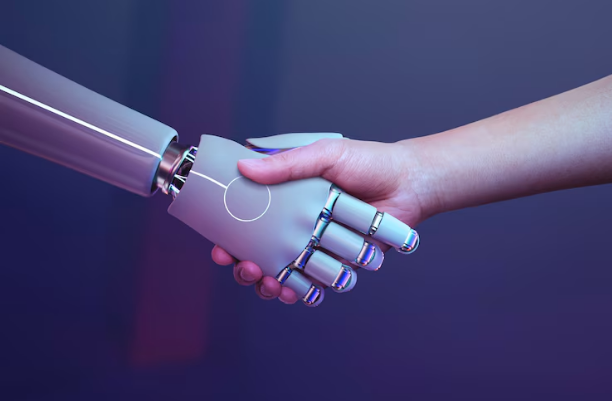
A list Of Jobs at Risk of Being Taken Over by AI
As artificial intelligence (AI) continues to advance at an unprecedented pace, its potential to reshape the job market becomes increasingly evident. From automating routine tasks to making complex decisions, AI is poised to transform various industries. While this technological revolution promises increased efficiency and innovation, it also poses a significant threat to certain job categories. Here, we explore a list of jobs most at risk of being taken over by AI.
1. Data Entry Clerks
Data entry involves repetitive tasks such as inputting, updating, and maintaining information in computer systems. AI algorithms excel at such tasks, processing data faster and with fewer errors than humans. Optical character recognition (OCR) and natural language processing (NLP) technologies can automate data extraction and input from various sources, significantly reducing the need for human data entry clerks.
2. Telemarketers
AI-driven chatbots and automated calling systems are increasingly replacing telemarketers. These AI systems can handle large volumes of calls, interact with customers using pre-programmed scripts, and even adapt conversations based on customer responses. With advancements in speech recognition and NLP, these systems are becoming more sophisticated and efficient, offering a cost-effective alternative to human telemarketers.
3. Customer Service Representatives
AI-powered chatbots and virtual assistants are revolutionizing customer service by providing instant responses to customer queries. These systems can handle a wide range of inquiries, from troubleshooting issues to processing orders. Companies are adopting AI to enhance customer experience and reduce operational costs, which puts traditional customer service roles at risk.
4. Retail Cashiers
The retail sector is rapidly embracing automation through self-checkout systems and AI-powered cashier-less stores. Technologies such as computer vision and RFID can track products and process payments without human intervention. Companies like Amazon have already implemented cashier-less stores, showcasing the potential for widespread adoption.
5. Manufacturing Workers
Robotic process automation (RPA) and AI-driven machinery are transforming manufacturing processes. Robots can perform repetitive tasks such as assembly, welding, and packaging with precision and consistency. As AI technology advances, it can also monitor production lines, predict maintenance needs, and optimize workflows, further reducing the demand for human labor in manufacturing.
6. Accountants and Bookkeepers
AI algorithms can perform complex calculations, analyze financial data, and generate reports with high accuracy. Software platforms are increasingly incorporating AI to automate bookkeeping tasks, tax preparation, and financial auditing. While human oversight remains essential, the role of accountants and bookkeepers is likely to evolve, focusing more on strategic financial planning and advisory services.
7. Journalists and Content Writers
AI-driven tools like GPT-3 and other language models can generate human-like text, creating news articles, reports, and even creative content. These tools can analyze vast amounts of information quickly, producing content that is both accurate and engaging. Although human creativity and judgment are still crucial, AI is expected to handle a significant portion of routine writing tasks.
8. Paralegals and Legal Assistants
AI applications in the legal field include contract analysis, legal research, and document review. These tasks, traditionally performed by paralegals and legal assistants, can be automated using AI, which can analyze large volumes of legal documents and extract relevant information efficiently. This allows lawyers to focus on more complex legal issues while reducing the need for support staff.
9. Medical Transcriptionists
Speech recognition technology has advanced to the point where it can accurately transcribe medical dictations. AI-driven transcription tools can convert voice recordings from healthcare professionals into written reports, reducing the demand for human transcriptionists. Additionally, these tools can integrate with electronic health records (EHR) systems, streamlining the documentation process.
10. Market Research Analysts
AI can analyze market trends, consumer behavior, and competitive landscapes by processing vast amounts of data quickly. Machine learning algorithms can identify patterns and provide insights that guide business strategies. As AI becomes more adept at handling data analysis, the role of market research analysts may shift towards interpreting AI-generated insights and making strategic decisions.
Conclusion
The rise of AI presents both opportunities and challenges for the workforce. While AI can enhance productivity and drive innovation, it also threatens to displace certain job categories. Workers in at-risk jobs must adapt by acquiring new skills and embracing lifelong learning. Organizations, on the other hand, must navigate the ethical and social implications of AI adoption, ensuring a balance between technological advancement and human employment. As we move forward, the key will be to leverage AI as a tool for enhancing human capabilities rather than simply replacing them.


